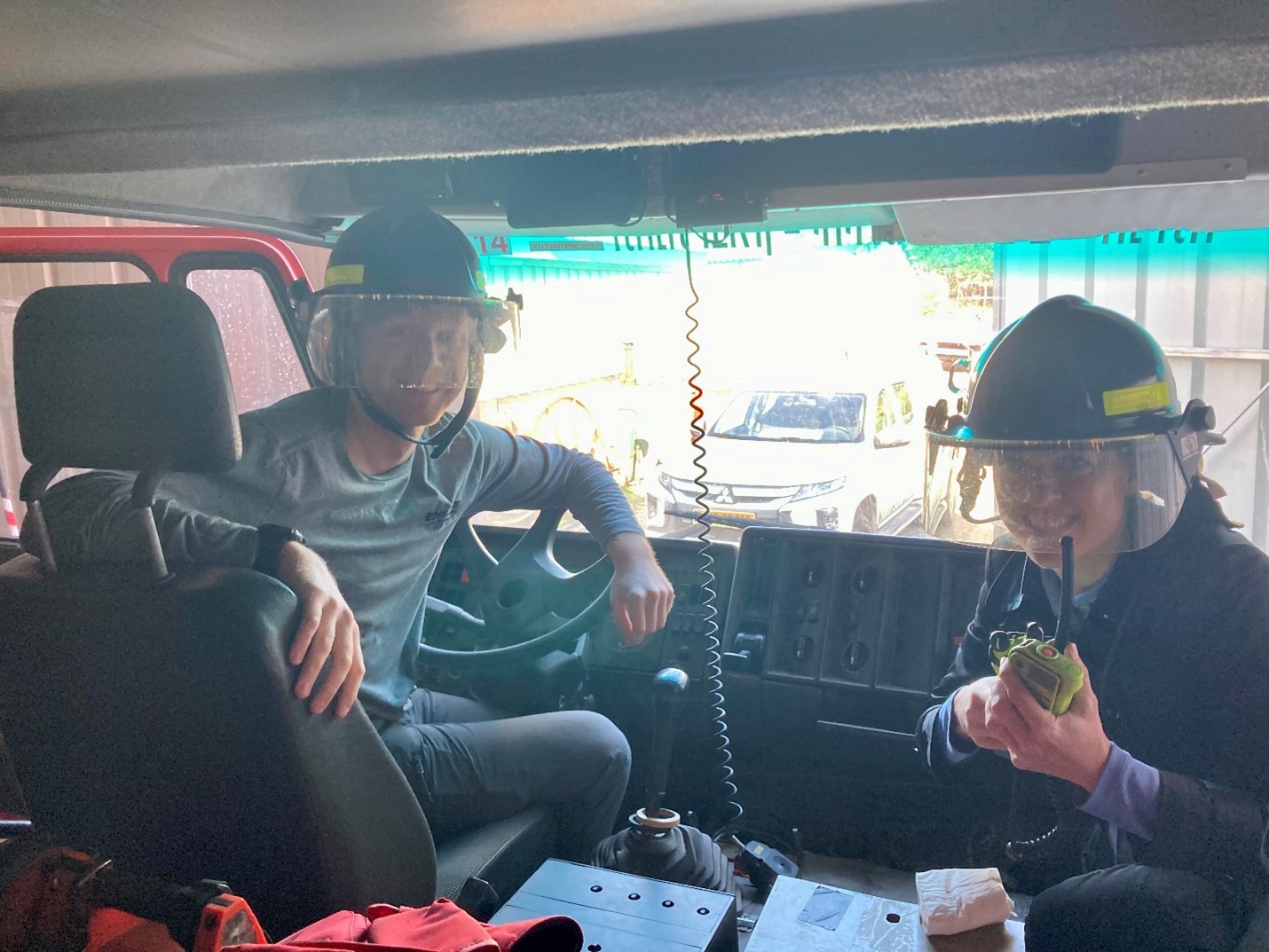A Process Safety Management (PSM) compliance audit at a manufacturing facility in Israel led to a large-scale Process Safety Information (PSI) overhaul resulting in 15 new piping and instrumentation diagrams (P&IDs) and a comprehensive equipment table that consolidated unique equipment identification numbers, safe operating limits, materials of construction, and applicable codes and standards for all 500+ pieces of equipment in the PSM-covered process areas. The effort demonstrated EnSafe’s multi-discipline capabilities to create high-quality deliverables with the use of advanced mobile software in a limited amount of time.
A longtime U.S.-based EnSafe client called upon us to perform a PSM compliance audit at its facility in Israel. Though the PSM standard is not enforceable in Israel since OSHA has no jurisdiction there, the client enforces the PSM standard internally across its sites worldwide. During the site visit, our team learned that the PSM program had a significant gap in its PSI element, which requires formal documentation of all chemical hazards, process equipment, and process technology to capture critical information including chemical incompatibilities, equipment specifications, P&IDs, pressure relief and ventilation design, electrical classification, and safety systems.
With the PSI element of the PSM standard serving as the backbone for other elements, including Mechanical Integrity and Process Hazard Analysis, these audit findings were flagged as high priority for the site to develop a corrective action plan and start the process of closing them out.
With limited turnaround time, EnSafe assembled a multidisciplinary team to execute the work. The plan was to perform the work over two site visits to do the following:
- Update existing P&IDs and draw new ones from scratch (for nonexistent P&IDs).
- Compile technical specifications on all equipment in PSM-covered areas into a searchable table.
- Create an equipment identification system that uniquely identifies each piece of equipment based on equipment type, chemical service, and process area.
- Use the new P&IDs and equipment identification system to physically tag all equipment in PSM-covered areas so that they correlate 1:1 with the drawings and equipment table.
In order to complete the deliverables on a compressed timeline and with a high standard of quality, the team created a custom FastField form that significantly expedited the equipment data collection and documentation.
EnSafe performed two site visits and an additional offsite review before ultimately delivering 15 new P&IDs with the help of our CAD team and a comprehensive equipment table that consolidated key information, including unique equipment identification numbers. The unique equipment identifiers match between the P&IDs, equipment table, and the new physical tags placed on all equipment, which, among other benefits, now allows for proper equipment tracking in the site’s preventative maintenance system. The table also includes safe operating limits, materials of construction, and applicable codes and standards for all 500+ pieces of equipment in the PSM-covered process areas, as well as pictures of each piece of equipment for identification purposes.
The PSI overhaul is a prime example of EnSafe’s ability to create high-quality deliverables in a crunch using advanced technology and multi-discipline support. What would have been achieved in the past using pen and paper or clunky spreadsheets is now being done using reliable online tools used by experienced personnel who can provide technical support on a moment’s notice. The client was very pleased with the result and has already engaged EnSafe for additional work.
